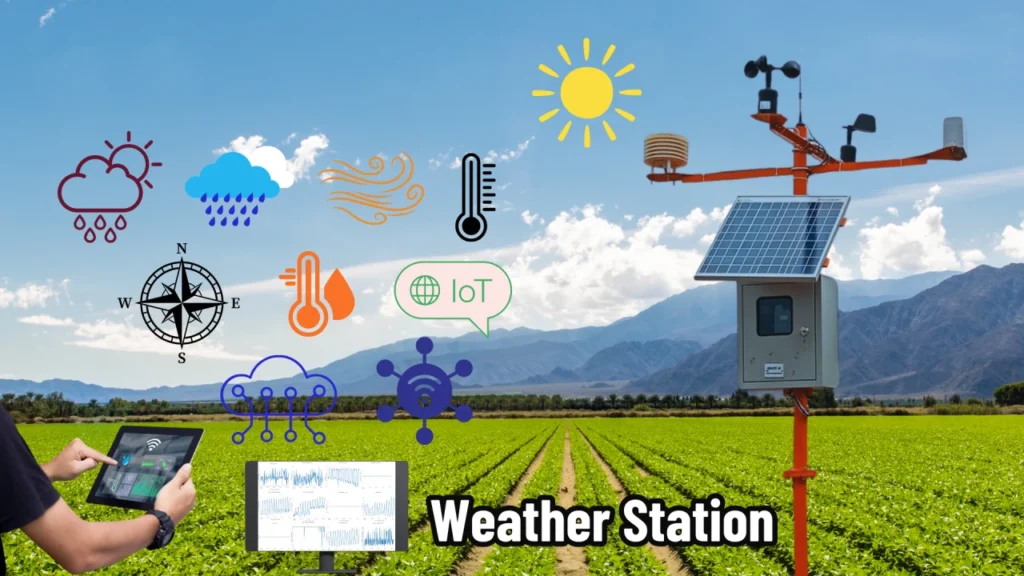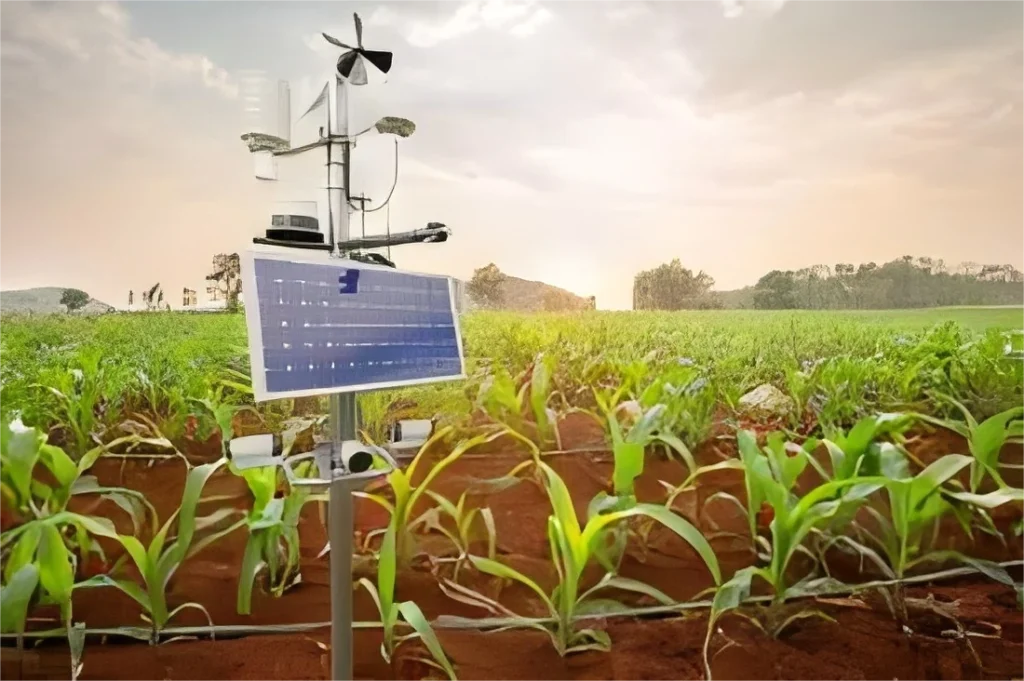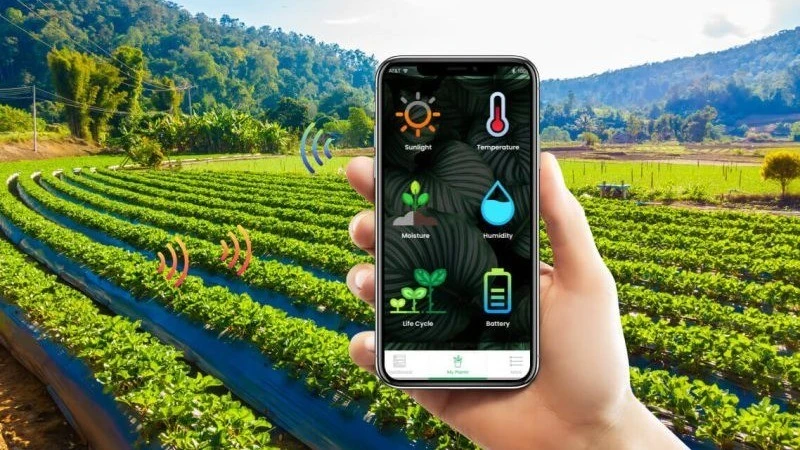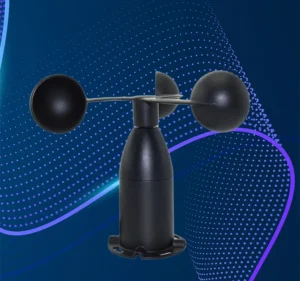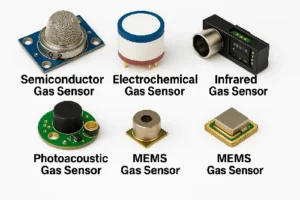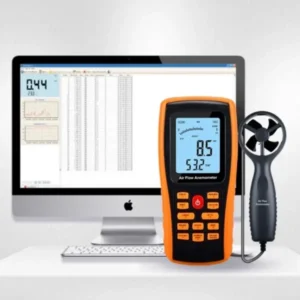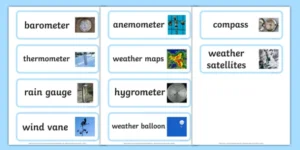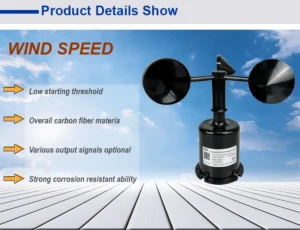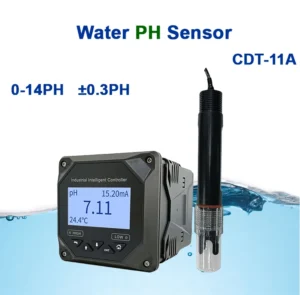The Indispensable Role of Sensors in Agricultural Meteorological Stations
Introduction
In modern agriculture, weather stations are key for helping crops grow well and supporting sustainable farming methods.
The operation of these stations relies on sensors. These sensors play an important role by collecting data. This data greatly affects agricultural planning and decision-making.
Temperature sensors
Temperature sensors are very important tools in agricultural weather stations. They track both air and soil temperatures. Temperature is vital for plants at every stage of their growth.
Different crops need certain temperatures for germination, growth, flowering, and fruiting. For example, tropical crops like mangoes grow best in warm and steady temperatures that help their fruit develop well.
Changes in temperature can lead to slow growth, lower yields, or even crop failure. By using real-time temperature data, farmers can change their methods. They might use shade nets to reduce heat or apply mulch to keep the soil warm in colder weather.
humidity sensors
Humidity sensors are also very important. They measure air humidity and relative humidity levels. High humidity can lead to fungal diseases in crops.
In greenhouses, bad humidity control can lead to problems. Crops, such as tomatoes, are more likely to get diseases. One example of a disease is late blight.
With accurate humidity data, farmers can use strategies like greenhouse ventilation. This helps reduce moisture levels. They can also improve irrigation systems to keep the right humidity for healthy crop growth.
This helps reduce moisture levels. They can also improve irrigation systems to keep the right humidity for healthy crop growth.
Light sensors
Light sensors play a key role in modern farming. They measure how much light there is, how long it lasts, and its quality. These factors are important for photosynthesis.
Photosynthesis allows plants to change light energy into chemical energy. The amount of light a crop gets affects how fast it grows and how its leaves form.
It also affects overall productivity. For example, lettuce grows best with certain light levels. If it gets too little light, the leaves can turn pale, and growth slows.
By using light sensor data, farmers can change where they plant. They can also add extra lighting in greenhouses when needed. This helps make sure each plant gets enough light.
Soil moisture sensors
Soil moisture sensors are essential for checking how much water is in the soil. Enough moisture is important for plant roots to take in water and nutrients well.
Too much water can cause waterlogging. This stops roots from breathing and may lead to root rot. On the other hand, not enough water can cause drought stress.
Using data from soil moisture sensors helps farmers schedule their irrigation better. This prevents overwatering and underwatering. This method saves water and supports healthy plant growth. It also leads to better crop yields.
Agricultural meteorological stations have sensors that measure wind speed and direction. Wind can greatly affect farming. It influences pollination, spreads pests and diseases, and can damage crops.
Strong winds can break plant stems or pull young plants out of the ground. By watching the wind, farmers can protect their crops. They can put up windbreaks to keep their plants safe.
Overall, sensors in agricultural weather stations are important tools for modern farming. They provide accurate, real-time data on different environmental factors. This helps farmers make better decisions, improve their practices, and increase crop yields. It also helps reduce the risks from bad weather.
As technology keeps changing, these sensors will become more important. They will help make agriculture more sustainable and efficient.
